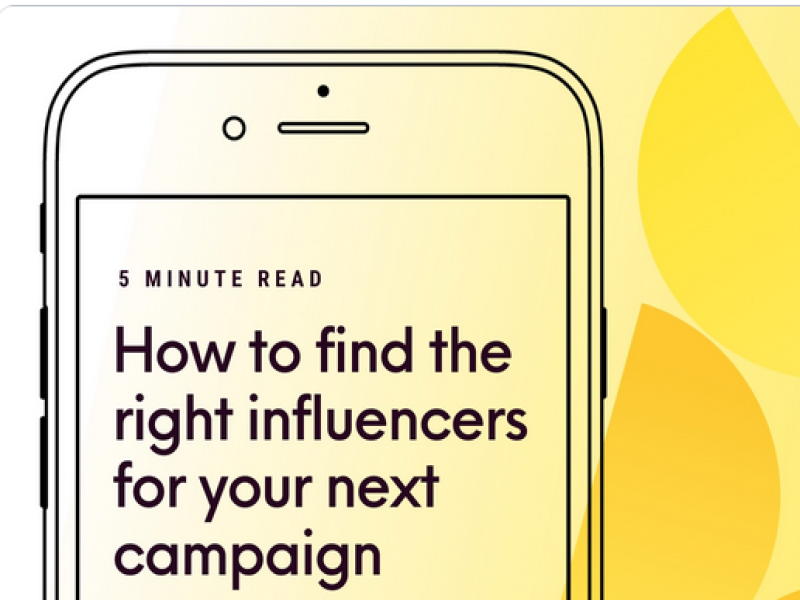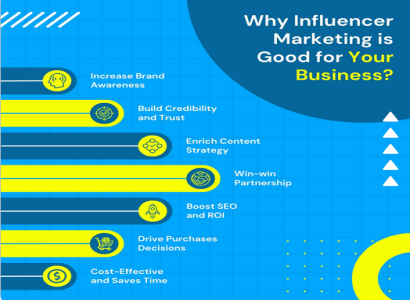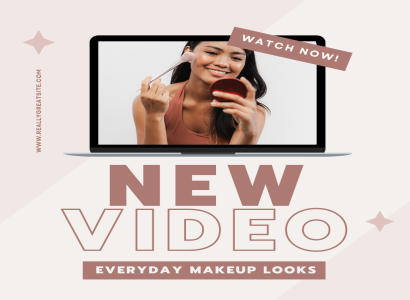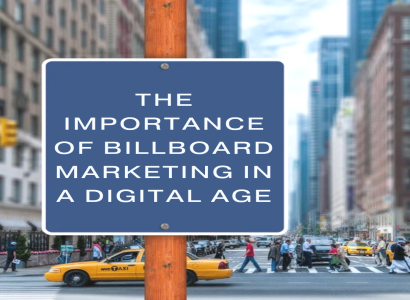How to Find the Right Influencer for Your Next Campaign

Influencer marketing has become a vital tool for brands looking to reach their target audience in an authentic and engaging way. However, the success of your influencer marketing campaign largely depends on one crucial factor: finding the right influencer. The right influencer can amplify your brand message, drive engagement, and boost conversions, while the wrong one might lead to wasted resources and missed opportunities. Here's a comprehensive guide to help you find the perfect influencer for your next campaign.
Define Your Campaign Goals: Before you start searching for an influencer, it's essential to clearly define your campaign goals. What do you want to achieve with this campaign? Are you looking to increase brand awareness, drive sales, launch a new product, or improve brand perception? Your goals will determine the type of influencer you need and the kind of content they should create.
Example: If your goal is to drive sales, you might prioritize influencers with a history of high conversion rates, whereas if you're looking to increase brand awareness, you might opt for influencers with a large and engaged following.
Understand Your Target Audience: Your influencer should resonate with your target audience. To ensure this, you need to have a deep understanding of who your audience is. Consider factors such as age, gender, location, interests, and online behavior. The more specific you are, the easier it will be to find an influencer who can effectively reach and engage your target demographic.
Example: A luxury fashion brand might target affluent women aged 25-40, so an influencer who specializes in high-end fashion and has a following that matches this demographic would be ideal.
Identify the Right Platform: Different influencers dominate different platforms, each of which offers unique opportunities for content creation and audience engagement. Determine which platform is most popular among your target audience and where your brand can best showcase its products or services. Whether it's Instagram, YouTube, TikTok, or another platform, choosing the right one is crucial for the success of your campaign.
Example: A beauty brand looking to showcase makeup tutorials might find YouTube to be the best platform, as it allows for in-depth content, while a brand aiming to create viral, short-form content might choose TikTok.
Consider Influencer Type and Size: Influencers come in various types and sizes, from mega-influencers with millions of followers to micro-influencers with a smaller but highly engaged audience. The type and size of the influencer you choose should align with your campaign goals and budget.
Mega-Influencers: These are celebrities or social media stars with millions of followers. They offer extensive reach but can be expensive and may have lower engagement rates.
Macro-Influencers: These influencers typically have 100,000 to 1 million followers. They have a broad reach and tend to be more affordable than mega-influencers.
Micro-Influencers: With 10,000 to 100,000 followers, micro-influencers have smaller audiences but often boast higher engagement rates. They are ideal for niche markets and offer a more personal connection with their followers.
Nano-Influencers: These are everyday individuals with 1,000 to 10,000 followers. They tend to have very close-knit relationships with their audience and can be highly effective for hyper-local campaigns.
Example: A local boutique might opt for a nano- or micro-influencer who has a strong presence in the local community, while a national brand launching a new product might choose a macro-influencer with broader reach.
Evaluate Engagement Rates: An influencer's follower count is important, but it’s not the only metric to consider. Engagement rate, which measures the level of interaction (likes, comments, shares) an influencer receives on their posts, is a critical indicator of their influence. High engagement suggests that the influencer's followers are genuinely interested in their content and are more likely to respond positively to your brand.
Example: An influencer with 50,000 followers and a 5% engagement rate might be more valuable than one with 200,000 followers and a 1% engagement rate, as their audience is more actively engaged.
Check Authenticity and Credibility: It's crucial to choose an influencer whose values align with your brand's mission and who has a credible reputation. Look for influencers who are transparent about their partnerships and have a history of authentic, high-quality content. Beware of influencers who have a significant number of fake followers or whose engagement seems artificially inflated.
Example: Use tools like Social Blade or HypeAuditor to analyze an influencer's follower growth and engagement patterns to detect any signs of inauthentic behavior.
Examine the influencer’s previous collaborations to see how they’ve partnered with other brands. Look for patterns in the types of brands they've worked with, the kind of content they created, and the results of those collaborations. This will give you insights into whether the influencer is a good fit for your brand and if they can deliver the desired results.
Example: If an influencer has successfully promoted products similar to yours and the campaign outcomes were positive, it’s a good indication that they might be a suitable partner for your campaign.
Example: A luxury brand might look for an influencer who produces polished, visually stunning content, while a casual, youth-oriented brand might prefer someone with a more laid-back, relatable style.
Consider the Influencer’s Values and Beliefs: An influencer's personal values and beliefs should align with those of your brand to ensure a harmonious partnership. Look into their past posts and public statements to make sure there’s nothing that contradicts your brand’s values, as this could lead to potential backlash and damage to your brand’s reputation.
Example: If your brand emphasizes sustainability, partnering with an influencer who frequently promotes eco-friendly products and lifestyles would reinforce your brand’s message.
Reach Out and Build a Relationship: Once you’ve identified potential influencers, start building a relationship with them. Engage with their content, comment on their posts, and get to know them better before reaching out for a collaboration. When you do reach out, be clear about your campaign goals, what you expect from the partnership, and what you can offer in return.
Example: A personalized email or message that acknowledges the influencer’s work and explains why your brand would be a great fit for them can make a strong first impression and set the tone for a successful collaboration.
Finding the right influencer for your campaign is a critical step that can determine the success of your marketing efforts. By defining your goals, understanding your audience, and carefully evaluating potential influencers, you can identify the perfect partner to help you achieve your objectives. Remember, the best influencer partnerships are those that are mutually beneficial, authentic, and aligned with your brand’s values. With the right approach, influencer marketing can become a powerful tool for driving growth and enhancing your brand’s presence in the market.


